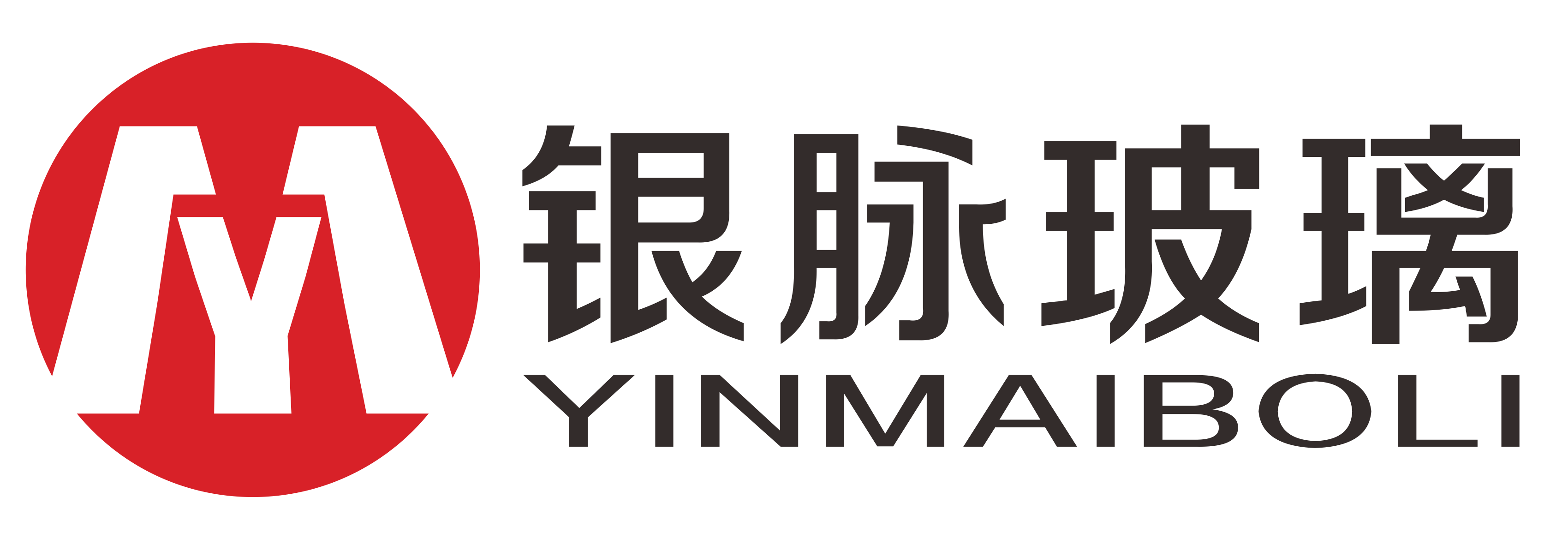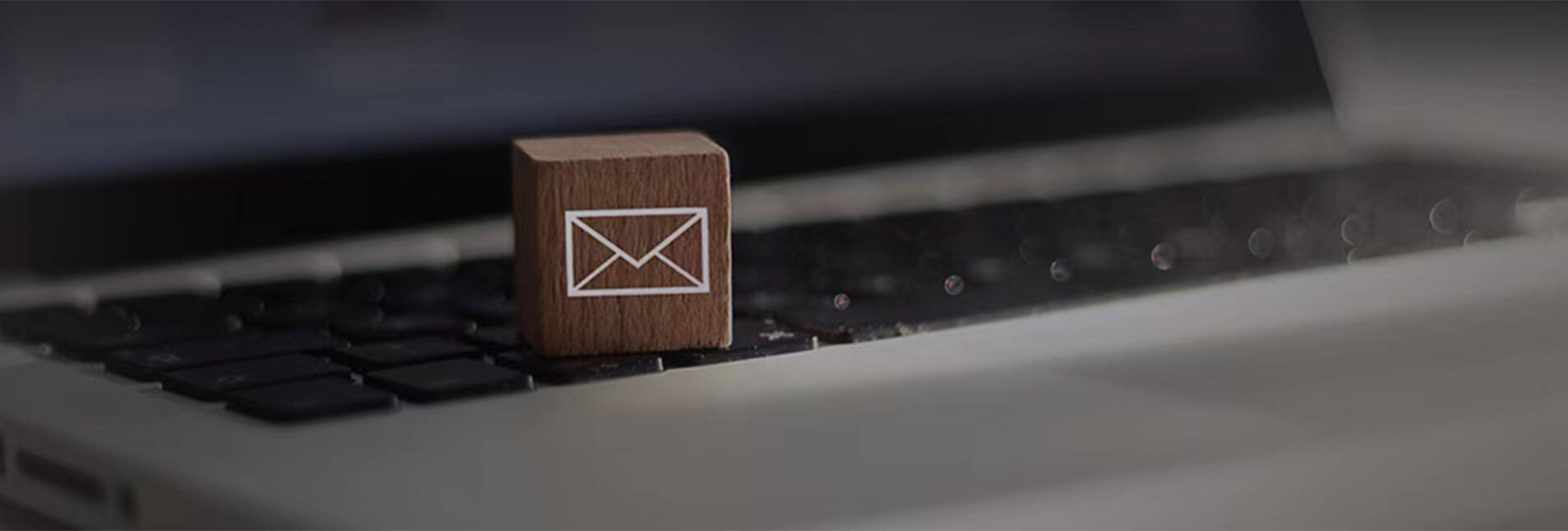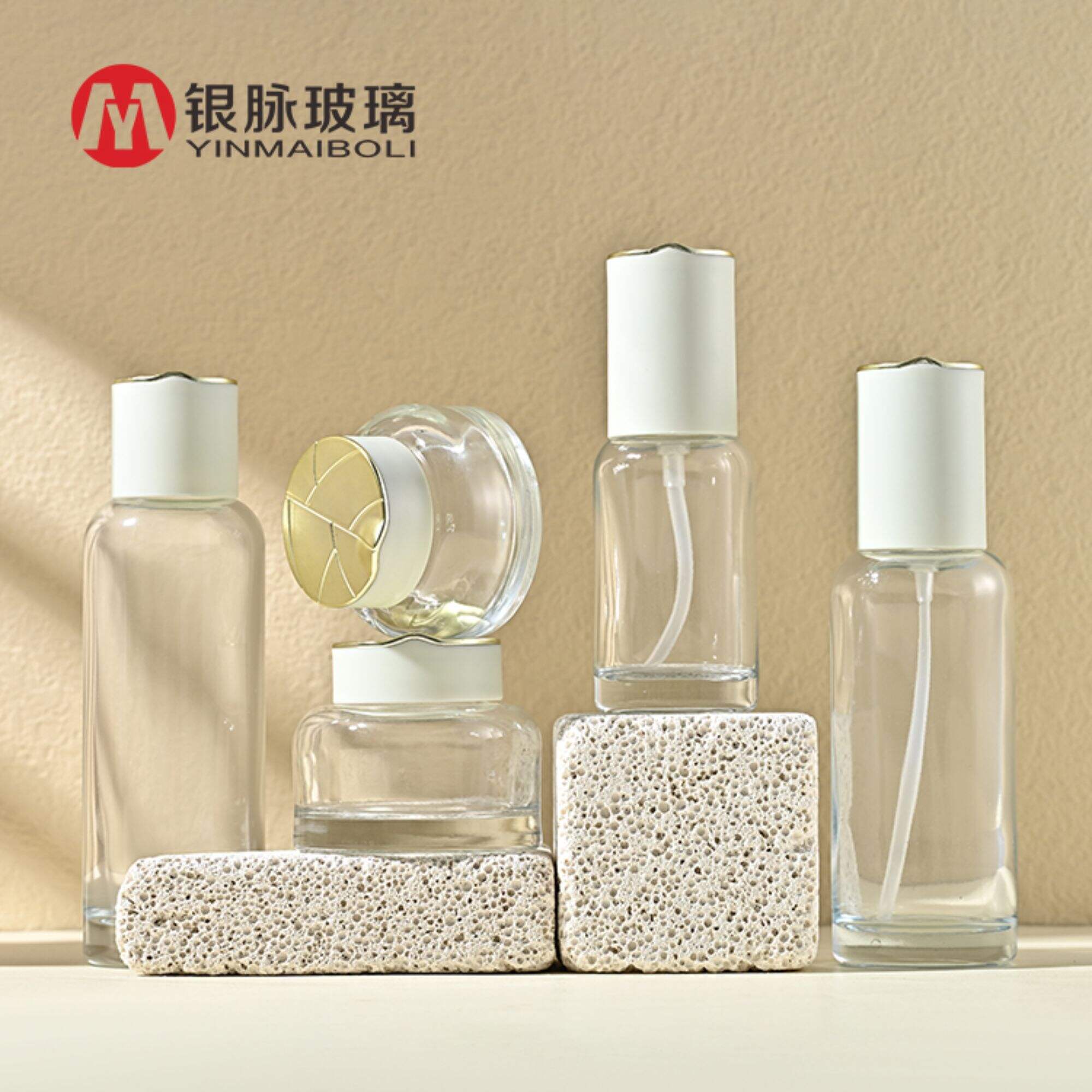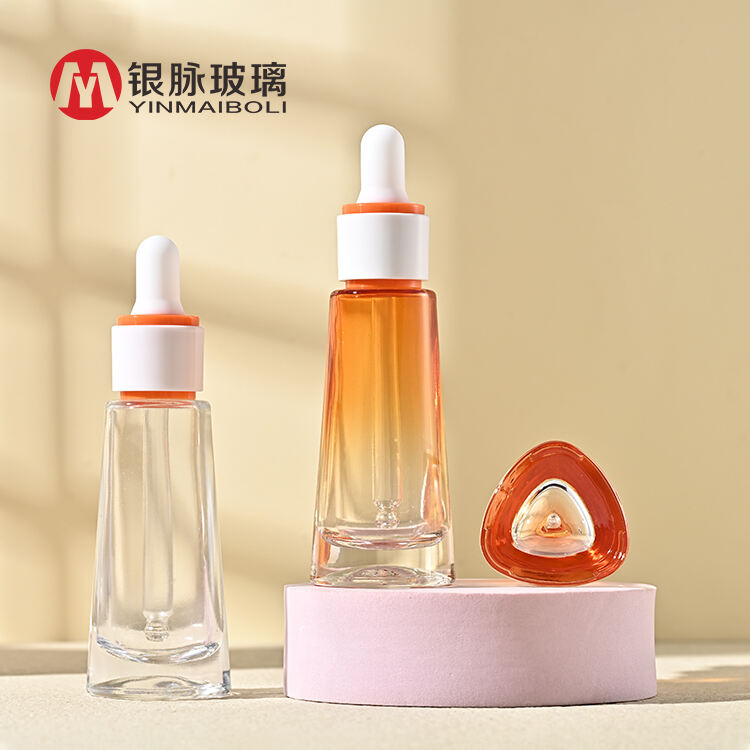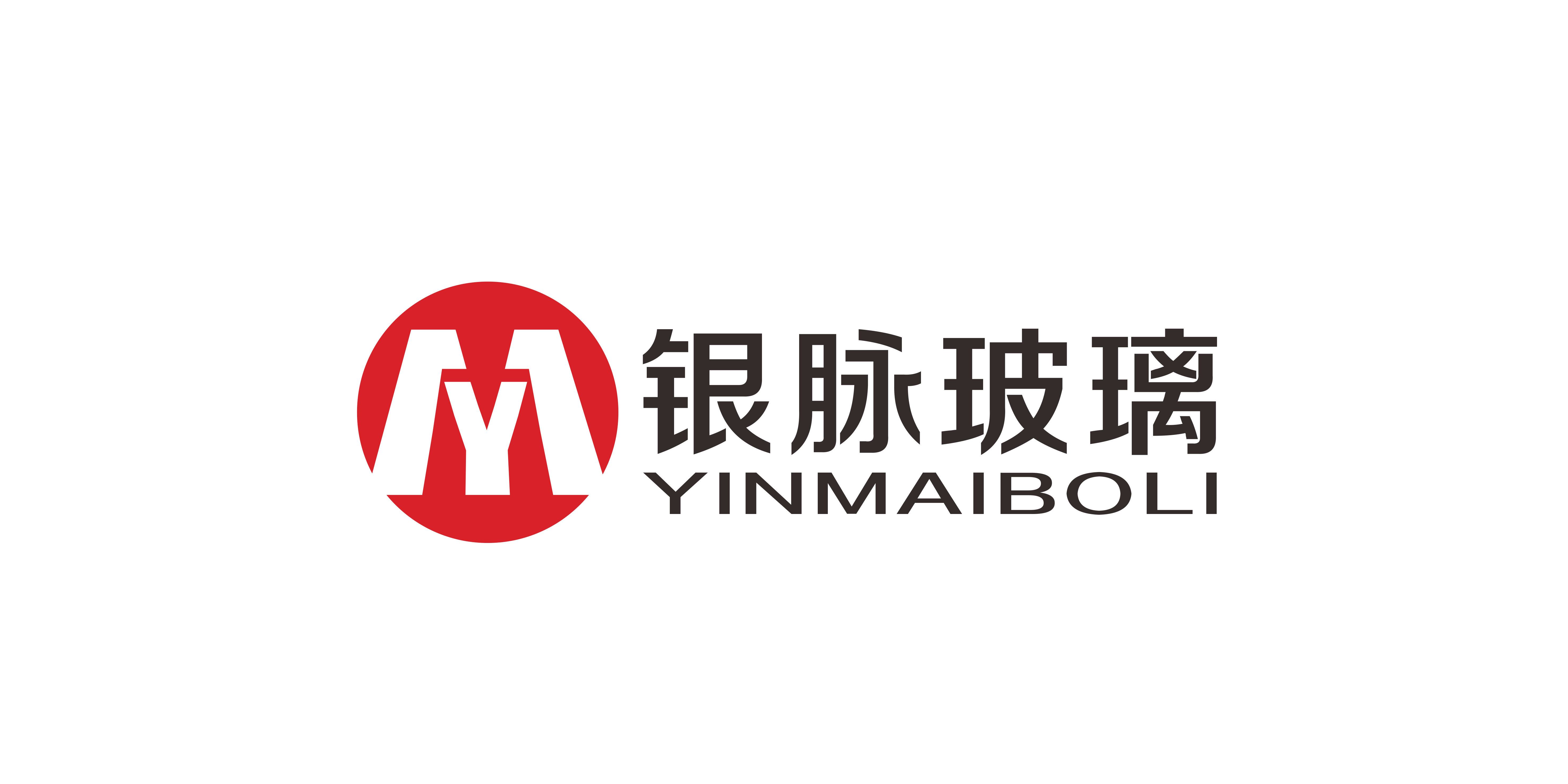תוקף בר קיימא: חומרים לשימוש חוזר לאריזת כוסמטיקה
החומר הכי טוב לשימוש חוזר לאריזת כוסמטיקה
זכוכית: בחירה יוקרתית ואקולוגית
בנוגע לאפשרויות ידידותיות לסביבה עבור מיכלי תכשיטים, זכוכית באמת בולטת מכיוון שהיא ניתנת لإعادة ריקול שוב ושוב ללא אובדן באיכות. גם קצב הריקול של הזכוכית די מרשימים. חלק מהנתונים מראים שבערך 90 אחוז מהזכוכית מומרדת כראוי כל שנה, מה שמצמצם את כל הפסולת שמסתיימת במזבלות. לכן כל כך הרבה קווי טיפול פנים יוקרתיים מעדיפים בקבוקים וקעריות זכוכיתית בעת אריזת המוצרים שלהם. יתרון נוסף גדול? זכוכית אינה שוחררת כל חומרים כימיים רעים לתוך מה שנשמר בתוכה. כלומר, קוסמטיקה נשמרת בדיוק כפי שצריכה להיות, מבלי להידרס מחומרי האריזה. חברות כמו ILIA הפכו אריזת זכוכית לחלק מהזיהוי של המותג שלהן, תוך שילוב של פעולות ירוקות עם שיקולי איכות המוצרים שהציבור מצפה.
אלומיניום: קל משקל וחוזר לתוך מחזור אינסופי
אלומיניום הפך לפופולרי מאוד בעבור אריזות ידידותיות לסביבה בתעשיית הקוסמטיקה, מאחר שהוא קל וניתן لإعادة מחזור שוב ושוב, כמעט לנצח. כשחברות מייצרות מוצרים חדשים מאלומיניום ישן במקום להתחיל מאפס, הן חוסכות כ-95% מהאנרגיה שנדרשת בתהליך. זה יוצר הבדל אדיר מבחינה סביבתית. אלומיניום משתלב בצורה מושלמת במה שאנו מכנים כיום כלכלת מעגל, שבה מיכלים פשוט ממשיכים להיתפס שוב ושוב במקום שנסתים במזבלות. לדוגמה, Elate Beauty עברה לאריזות אלומיניום לכל רשת המוצרים שלה. מעבר זה לא רק מקטין פסולת, אלא גם גורם לצריכת פחות אנרגיה בתהליכי הייצור בכלל. המעבר הזה מדגים עד כמה שינויים קטנים בבחירות האריזות יכולות להוביל לשיפור גדול בעקרונות של קיימות.
פלסטליקים ביודגראדים: שיווי משקל בין פונקציה וקיימור
למארזי קוסמטיקה שמעריכה את הסביבה, פלסטיק פחמן ביודgradable נראה כאלטרנטיבה טובה שכן הוא מפורק מהר יותר מפלסטיק רגיל. מחקרים מסוימים מצביעים על כך שסוגים מסוימים של פלסטיק ידידותי לסביבה יפורקו במקומי קומפוסט תעשייתיים תוך כשלושה חודשים, מה שפירושו פחות פסולת שנכנסת לאוטובות. עם זאת, ישנה בעיה – האם אנשים באמת יודעים כיצד להיפטר מהם בצורה תקינה. ברוב המקרים, אנשים ממשיכים להשליך את כל הפסולת לפח הרגיל מבלי לחשוב על כך פעמיים. מותגים המשתמשים באלטרנטיבות פחמניות אלו, חייבים לשקול בצורה רצינית מה קורה לאחר הרכישה. ללא שיטות פירוק תקינות, כל השיח הירוק הופך לדיבורים שיווקיים בלבד ולא לשינוי אמיתי עבור כדור הארץ.
חומרים ממחזור לאחר הצריכה (PCR): סגירת הלולאה
חומרים המבוססים על PCR תומכים בתהליך הסגירה של מעגלי הריקול והפחתת הפסולת. כאשר חברות משתמשות בחומרים המורכבים מרקולציה בתבניות שלהן, הן מפחיתות באופן משמעותי את פליטת הפחמן, על פי נתוני תעשייה שמציינים ירידה של עד 75% בהשוואה לייצור פלסטיק רגיל. מותגים המשתמשים ב-PCR מגלים אחריות סביבתית ברורה, מה שמשדר תחושת אחריות לצרכנים המחפשים פתרונות ירוקים בעת קניית מוצרים. לדוגמה, חברת MOB Beauty, אשר מייצרת תכשיטים קוסמטיים, משתמשת ב-PCR בתוך הפקקים שלה כבר מספר שנים, תוך כדי התאמה לדרישות הצרכנים המתגברות לאריזות ידידותיות לסביבה, וכן שמירה על אחריות עסקית וסביבתית.
בקבוקי זכוכית יוקרתיים עם מפזרי לחץ (40ml-120ml)
בקבוקי זכוכית עם מרססים למכפפות למוצרי מותרות תופסים שני ציפורים במכה אחת: הם ממלאים את הדרישות הוויזואליות של קונים אופייניים בזמן שהם מציגים טיעונים סביבתיים באמצעות מבנה ניתן لإ recycling. אבל הנה הלהט: מיכלים אלו יכולים לזכות בחיים משניים לאחר השימוש הראשון, וכך להפחית את הפסולת הפלסטיקית שצוברת באתרי פסולת ממארזים קוסמטיים. יש גם זווית נוספת – רבים מהלקוחות עדיין מזוהים עם אריזת זכוכית כתואמת למוצרים איכותיים יותר. מותגי טיפול בעור מבינים זאת היטב ומנצחים בכך, ממקמים את עצמם כשחקנים פרימיום בשוק היופי שהתמלא תחרות בו חשוב יותר מתמיד להיות ייחודי.
בקבוקי מזחלת זכוכית מעוננים לסרומים
בקבוקים עם גלגל זכוכית וסיום מעושן הם פתרון מצוין לשמירה על סרומים, במיוחד שמן אתרי עדינים שנדרסים במהירות כאשר הם נחשפים לאור. הגימור החלקל מתירגם תחושת איכות לאצבעות הצרכנים, מה שעושה הבדל גדול לקונים בחנויות יוקרה בתחום הקוסמטיקה. בנוסף, יש משהו במראה של הבקבוקים האלה כשהם מוצגים בחנות שמתאימים אותם באופן מושלם לשרשראות טיפול פנים מפונקות. וגם הפן האקולוגי לא נעלם. רבים לא מודעים לכך, אך זכוכית רגילה קל recycle בהשוואה לחומרים אחרים הנמצאים בשימוש נפוץ בעריכת תכשיטים קוסמטיים. עובדה קטנה זו לבדה עוזרת למותגים להראות שהם איכפתיים כלפי כדור הארץ מבלי להתפשר על האיכות או הסגנון.
כלי אקריליק דו-שכבתיים עם כובעים מחומרים לתיקיון
מכלים אקריליים דו-שכבתיים מציעים משהו מיוחד באמת לעיצוב אריזות קוסמטיות, הם נמשכים לאורך זמן רב ורואים מודרניים במיוחד. רוב המכלים הללו מצוידים בפקקים שניתן לשלוף למחזור, מה שבעזרתו חברות יכולות לעמוד במטרות האקולוגיות שלהן, שכן הכול מושקע מחדש בדרך כלשהי. בנוסף, מאחר שהם כל כך קלים, המשלוח שלהם אינו עולה הרבה כסף ולא יוצר כמעט פליטות פחמן במהלך ההפצה. ברור למה כל כך הרבה מותגים עוברים על סוג זה של אריזה בימים אלה.
בקבוקי קרם מתושבים לפי בקשה (5g-100g)
כדים שמניחים שמן שיניים שאותם ניתן להתאים אישית הופכים להיות שינוינים אמיתיים עבור ממות מראה המבקשות לשרוד בשוק הקוסמטי המודרדר. מה שמייחד את הכדים הללו הוא היכולת שניתנת לחברות להתאים את הדיזיין תוך שימוש בפחות חומר בהשוואה לאפשרויות המסורתיות. התוצאה? מוצר שנראה עדיין יוקרתי מבלי לגרום לפגיעה חמורה בסביבה. רוב הכדים הללו מיוצרים מזכוכית או מחומרים אחרים שניתן להחזיר למעגל הפסולת הממוין, מה שמדגיש את המאמץ לצמצם פסולת. עבור עסקים המבקשים לאזן בין סגנון לחשיבות סביבתית, סוג זה של אריזה מציע גמישות אמיתית מבלי להתפשר על אף אחד מהצדדים.
יתרונות של אריזה קוסמטית ידידותית לסביבה
הקטנת הרגל הפחמן בשרשרת האספקה של יופי
המעבר לעטיפות ידידותיות לסביבה יכול להפחית באופן ניכר את פליטת הפחמן במפרקי שיקום—לפי מחקרים מסוימים, בכ-40%. ממותגים מתחילים להשתמש בחומרים מתכלהים במקום פלסטיק ומצמצמים את כמות החומר הכוללת. פחות עטיפה פירושה פחות פסולת שמסתיימת במזבלות. בנוסף, כאשר חברות מייצרות חבילות קלות יותר, הן זקוקות למשאיות פחות כדי להוביל את כל המוצרים ברחבי המדינה. כל המערכת הופכת להיות יעילת יותר ובעזרה במאבק בשינויי האקלים בו-זמנית. חברות שמוש invested במקורות ירוקות אינן רק עושות טוב לכדור הארץ. הן גם בונות מוניטין חזק יותר. צרכנים שמים לב כשהמותגים עושים צעדים אמיתיים בכיוון של קיימות במקום רק לדבר על זה.
השבה לביקוש הצרכני לתכנון מעגלי
במהלך השנים אנשים הופכים לחשוב יותר על שיקולי קיימות בעת קניית מוצרים, חברות נאלצות להגביר את הלחץ על אמץ לעיצוב מעגלי בפתרונות האריזה שלהן. על פי מחקרים עדכניים, כשני שליש מהקונים טוענים שהם מוכנים לשלם עוד כסף על מוצרים המוקפים בחומרים ידידותיים לסביבה. מדובר בשינוי מהותי בגישה של הציבור כלפי החלטות קנייה בימינו. כשחברות מציגות בצורה ברורה את מחויבותן לאלטרנטיבות ירוקות של אריזות, הצרכנים נוטים לבטוח בהן יותר ולהישאר נאמנים לمارקה למשך תקופה ארוכה יותר. עמידה בדרישה הירוקה הזו עוזרת לחברות להתחבר טוב יותר למה שצרכנים מודרניים מעריכים, וכן מעניקה להן יתרון תחרותי על פני חברות אחרות שעדיין לא התאימו את עצמן לדרישה הזו.
הגדלת נאמנות המותג באמצעות שקיפות
כאשר ממותגים פועלים בشفות לגבי יוזמות ירוקות, אנשים נוטים להישאר נאמנים להם לאורך זמן רב יותר. מחקר מצביע על כך שזה עובד מכיוון שצרכנים מעדיפים חברות שמראות באופן ברור שהן אכפת להן מהסביבה. קחו לדוגמה אריזה ברת קיימא. חברות שממש משקיעות בمواد ידידותיות לסביבה צופות בשיעור שמירה על הלקוחות שגבוה בכ-25% לעומת חברות שלא משקיעות בכך. דיבור ציבורי על יוזמות ירוקות אלו עוזר לבנות ביטחון מול הקונים, ומעורר את הרושם שהמותג אכפת לו מהשלכות החברתיות. מרבית העסקים מגלים שכש они מדברים בכנות על המאמצים הסביבתיים שלהם, הם מתחילים למשוך צרכנים שרוצים לקנות מחברות מוסריות. הלקוחות הנאמנים הללו תורמים לצמיחה לאורך זמן באמצעות מומלץ מפה לאוזן וקניות חוזרות, גם אם חלק מהאנשים עדיין מטילים ספק בכמות השפעה שיש לבחירות פרטניות.
עמידה בפני רכיבים מרובים (בומבים/משרטים)
אריזות קוסמטיות נתקדות בבעיות אמיתיות כשמגיעות לחיישים שכוללים חומרים שונים כמו משאבות ומפרישים. מחקרים מצביעים על כך שבערך 30 אחוז מהحاבות למכירת מוצרים קוסמטיים מסתיימות לא ניתן למחזור בגלל המרכיבים המורכבים ממתכות ופלסטיות. חישבו על השרשראות הקטנות בתוך הפקקים הפלסטיים - הן פשוט לא נפרדות בקלות במחזור. המותגים צריכים לחשוב בצורה יצירתית על מנת לפתור את הבלגן הזה. כאשר המוצרים ניתנים לפירוק קל בסוף מחזור החיים שלהם, כל רכיב יכול להישלח לזרם המחזור המתאים. זה יוצר הבדל גדול לכדור הארץ ועוזר לחברות להתמודד עם הפסולת הגדלה של מוצרי יופי. בכנות, רק חשיבה כזו תקדם את כל הענף לקראת משהו שדומה ליתר-הפתרונות sustainability ולא רק דיבורים על זה.
השתפרת תשתית להחזרה של צלחות זכוכית
שיפור האופן שבו אנו מטפלים במחזור צנצנות זכוכית נותר הזדמנות חשובה להגדיל את המספרים הללו. נכון לעכשיו, כ-30 אחוז מכל מיכלי הזכוכית ממוחזרים ברחבי אמריקה, מה שמותיר שפע של מקום לצמיחה. כאשר תחום היופי יתחיל להשקיע משאבים בטכנולוגיות ובמתקנים טובים יותר למחזור, זה יעשה שינוי אמיתי. צנצנות הזכוכית עצמן ניתנות למחזור מלא אחרי הכל, אז למה לא? מערכות מיון טובות יותר, אולי? או אולי יותר נקודות איסוף שבהן אנשים באמת משליכים אותן? הנקודה פשוטה למדי: כאשר חברות מצמצמות את השימוש בחומרים טבעיים, כולם מרוויחים. ומעבר לחיסכון בכסף על חומרים, השקעה מסוג זה עוזרת גם לבנות משהו גדול יותר. הרגלים בני קיימא הופכים לטבע שני עם הזמן, במיוחד כאשר עסקים מובילים דוגמה במקום לדבר על יוזמות ירוקות תוך המשך עסקים כרגיל.
השכלת הצרכנים על דרכי זיהוי נכונות
כשאנשים לומדים איך לזרוק קוסמטיקה בצורה נכונה, זה יוצר הבדל אמיתי בקידום שיעורי הגלגול בתעשייה הזו. כרגע, רק רבע מהתושבים יודעים איך לפעול עם המוצרים המורכבים ממספר חומרים, ולכן יש מקום רב לשיפור. מותגי קוסמטיקה צריכים להוביל ולשים הנחיות ברורות לגלגול על גבי קופסאות המוצרים במקום להסתיר אותן איפשהו באינטרנט. צוותי שיווק יכולים לקדם קמפיינים קצרים שמראים בדיוק היכן לשים את החלקים השונים. כשחברות מספקות ללקוחות מידע ברור ופשוט לגבי זריקת הפסולת, הן בונות מוניטין ירוק יותר ובעיקר יוצרות לקוחות שמרגישים אחריות בפינה של בחירות ידידותיות לכדור הארץ. יוזמות חינוכיות כאלו עוזרות לשמור על חומרי גלגול מחוץ לפארים ובעיקר גורמות לאנשים שמרגישים אחריות סביבתית להישאר כלקוחות נאמנים לאורך זמן.
